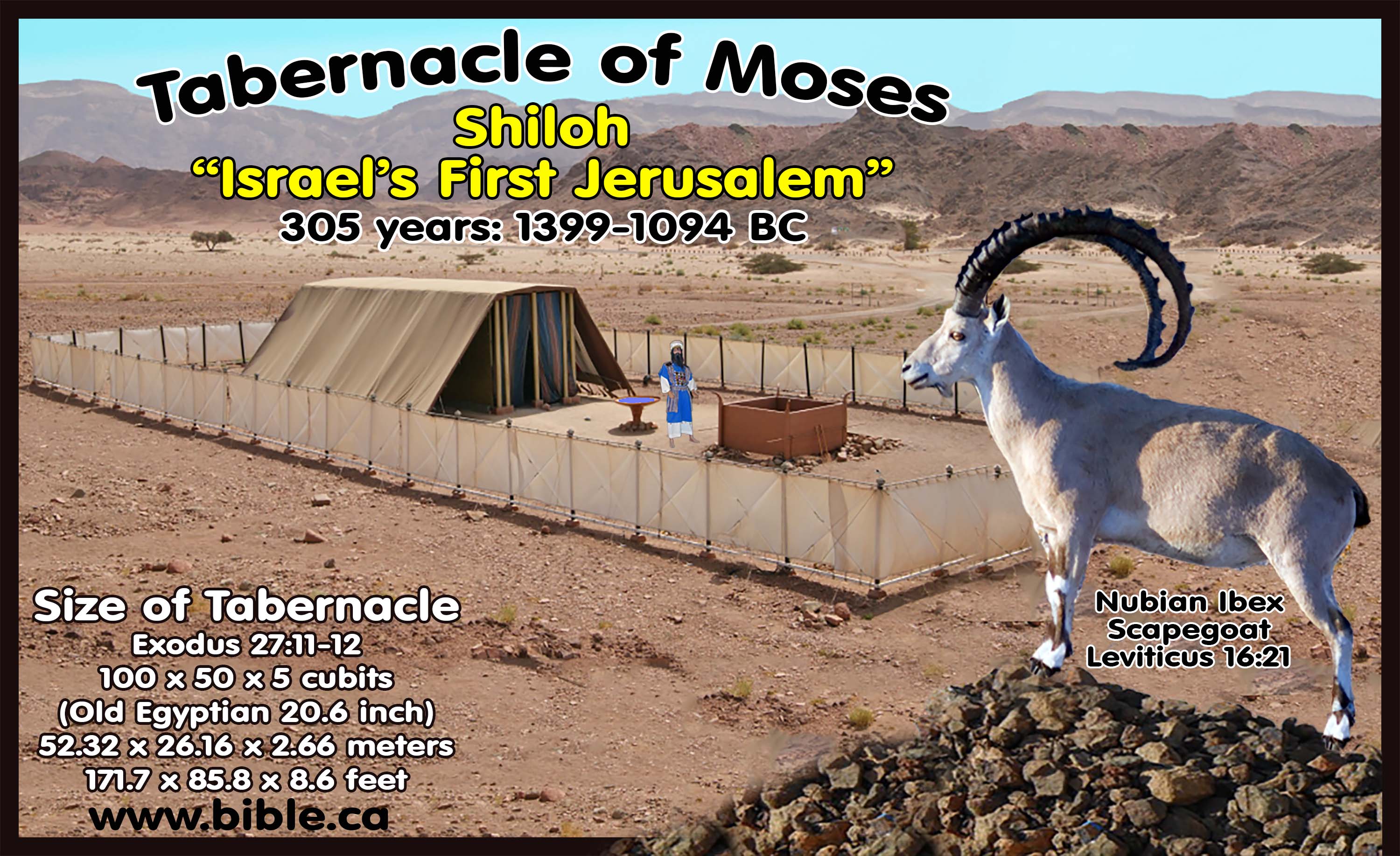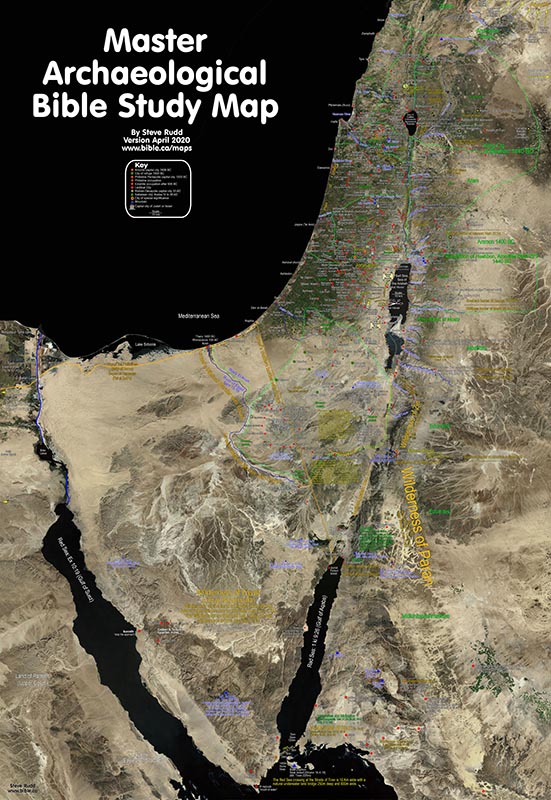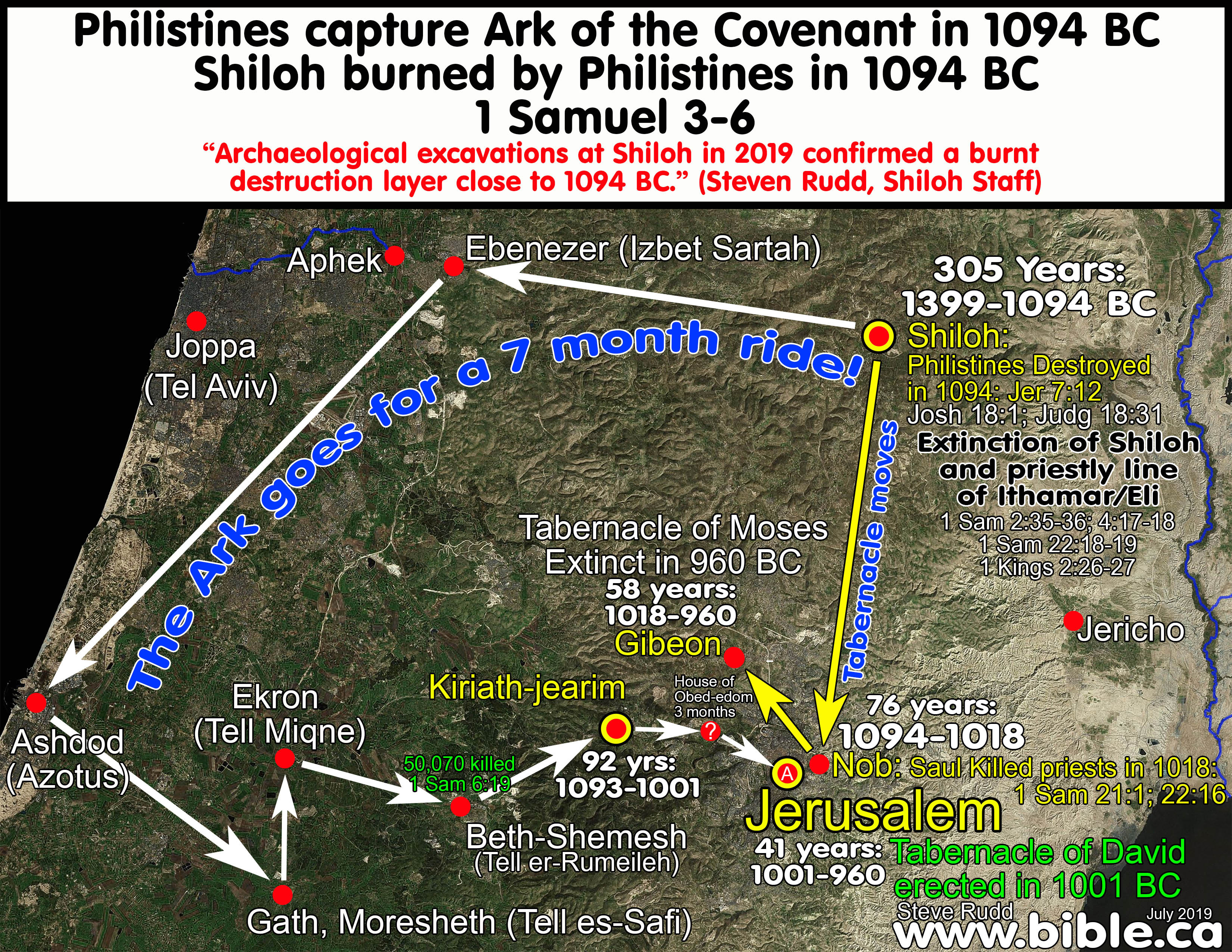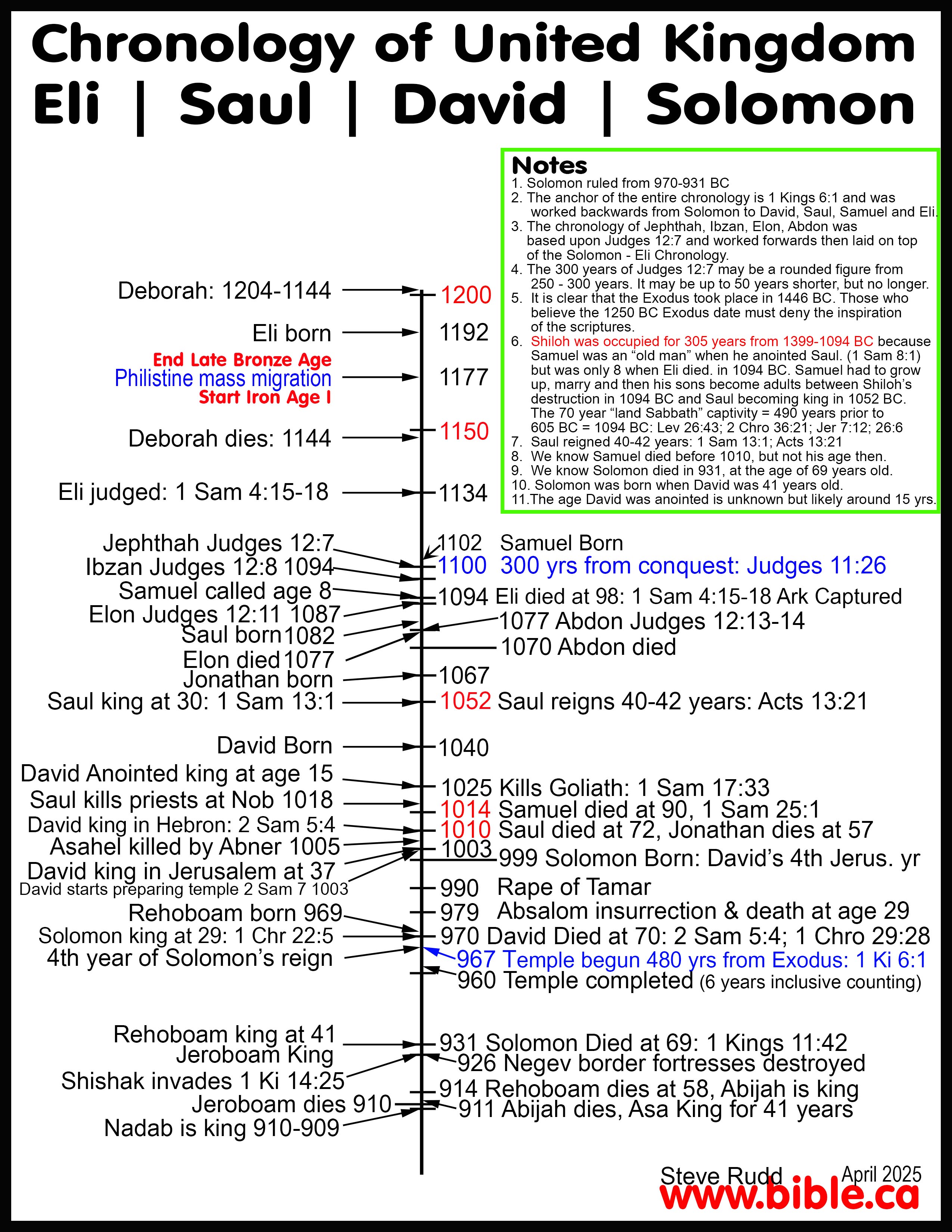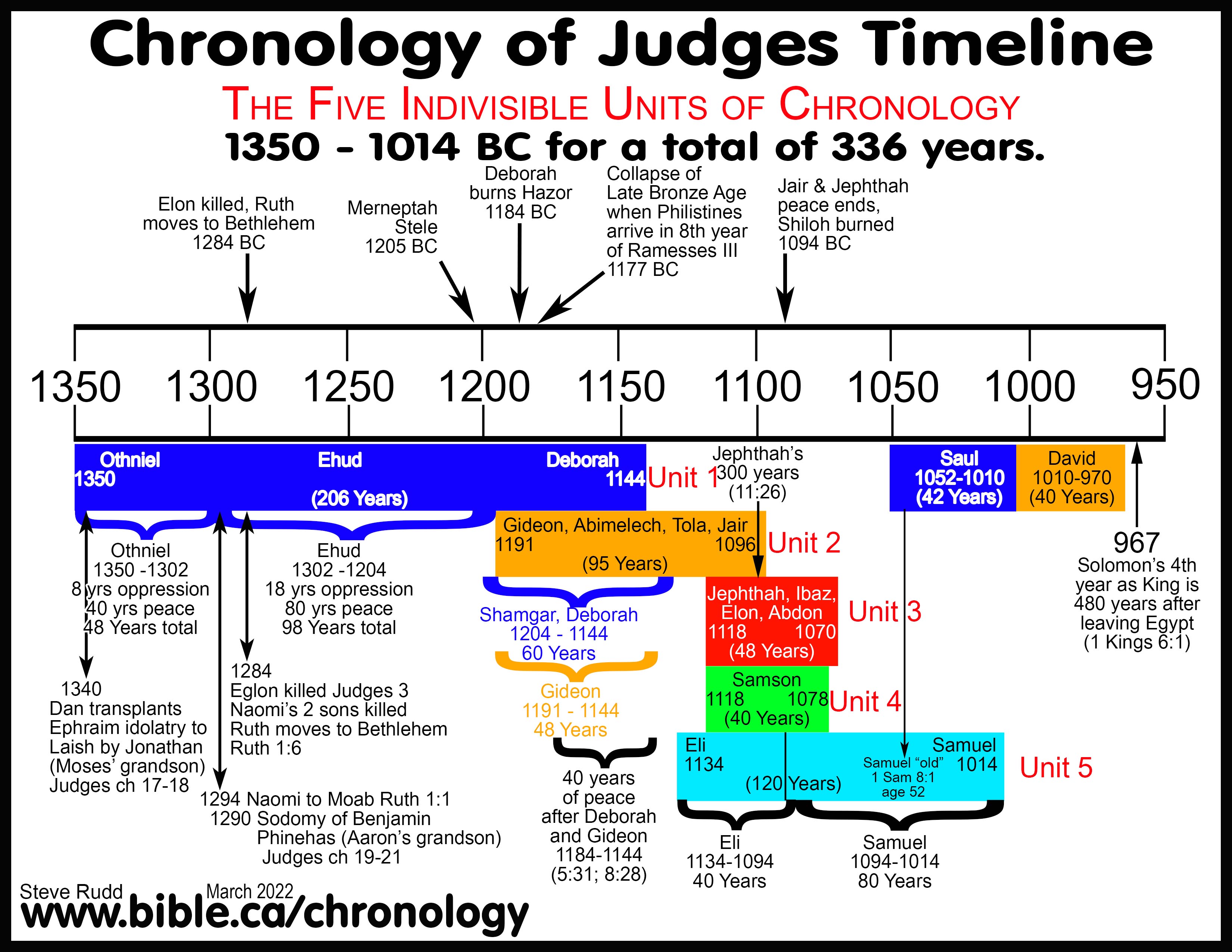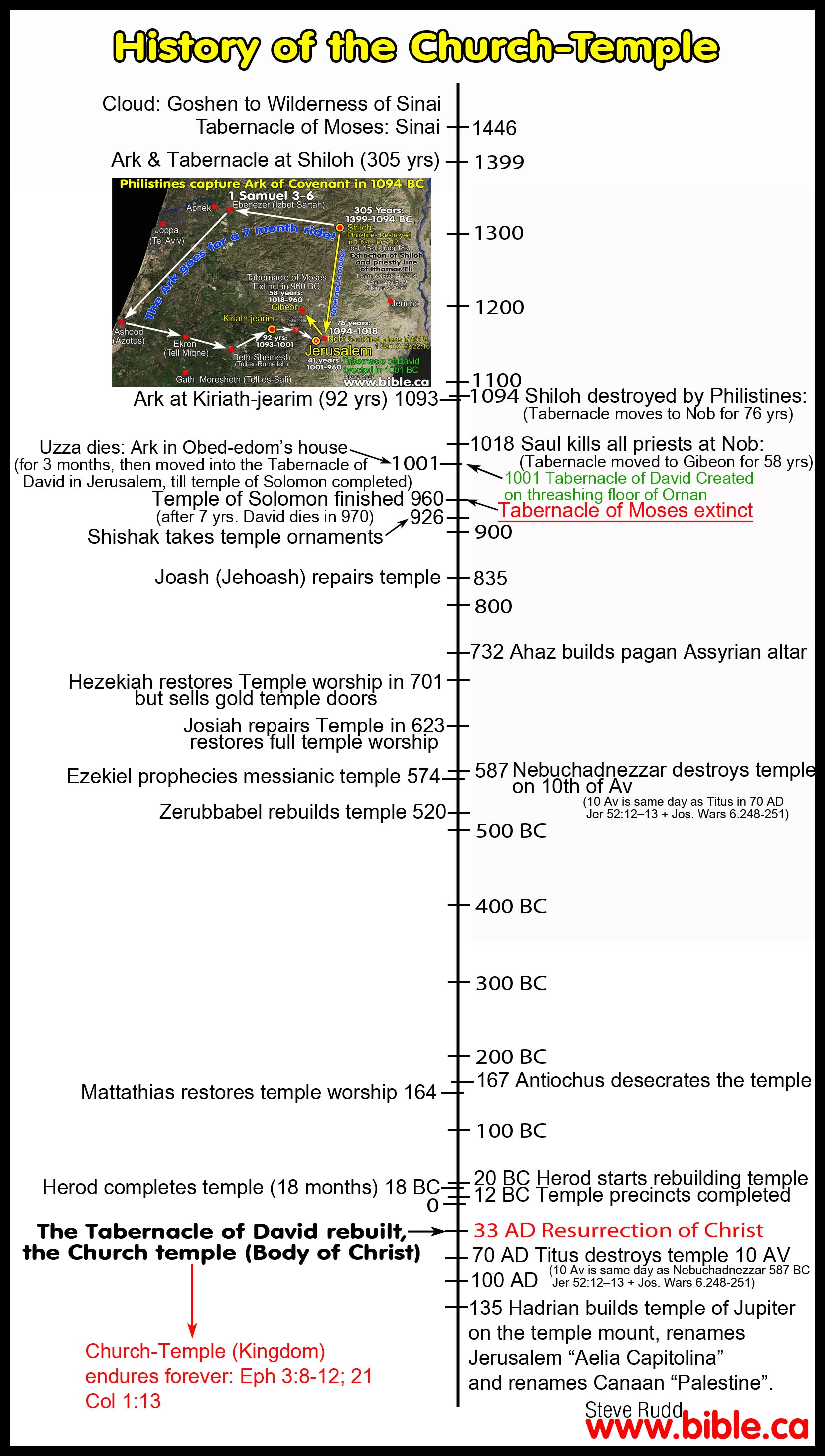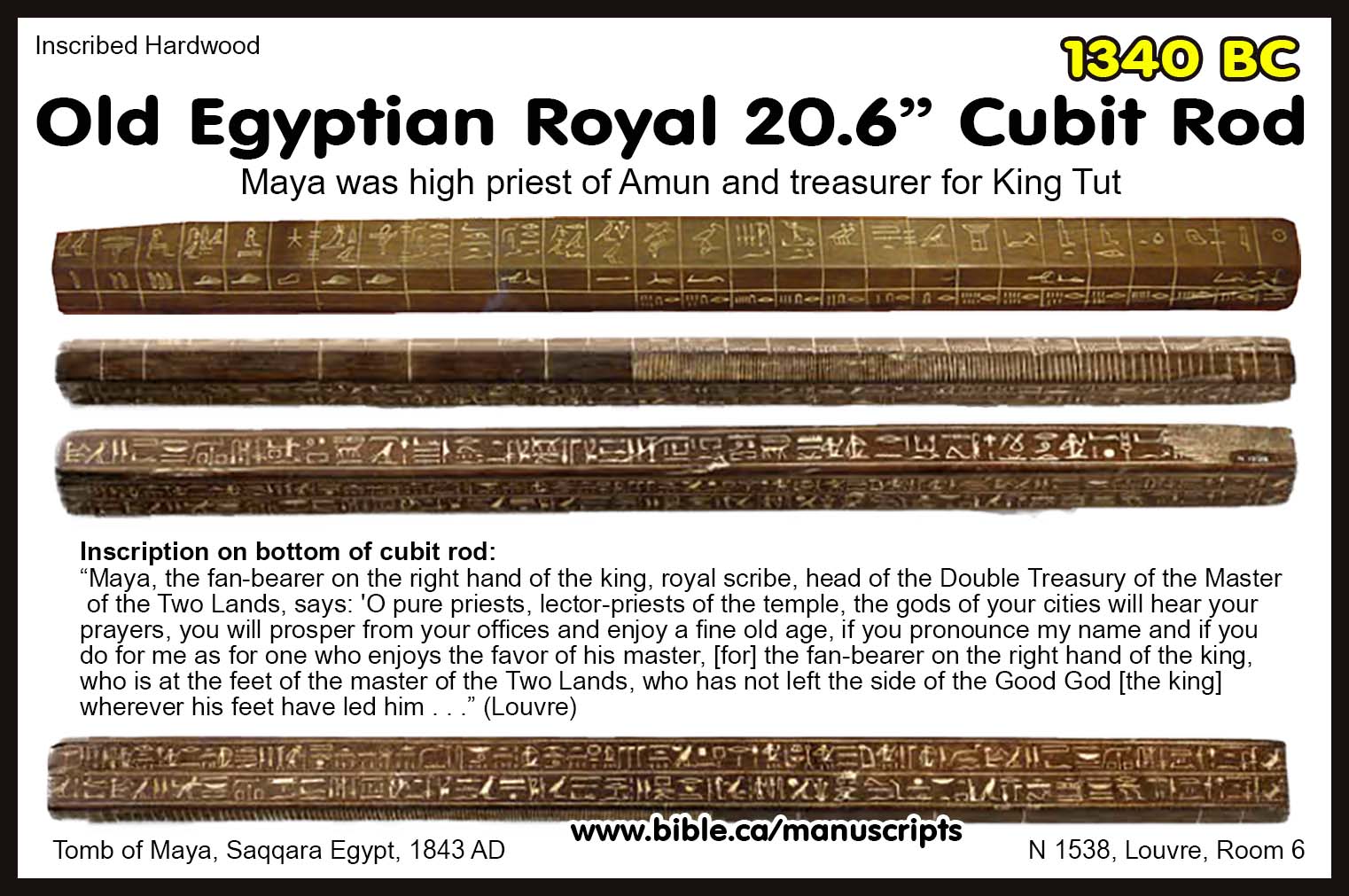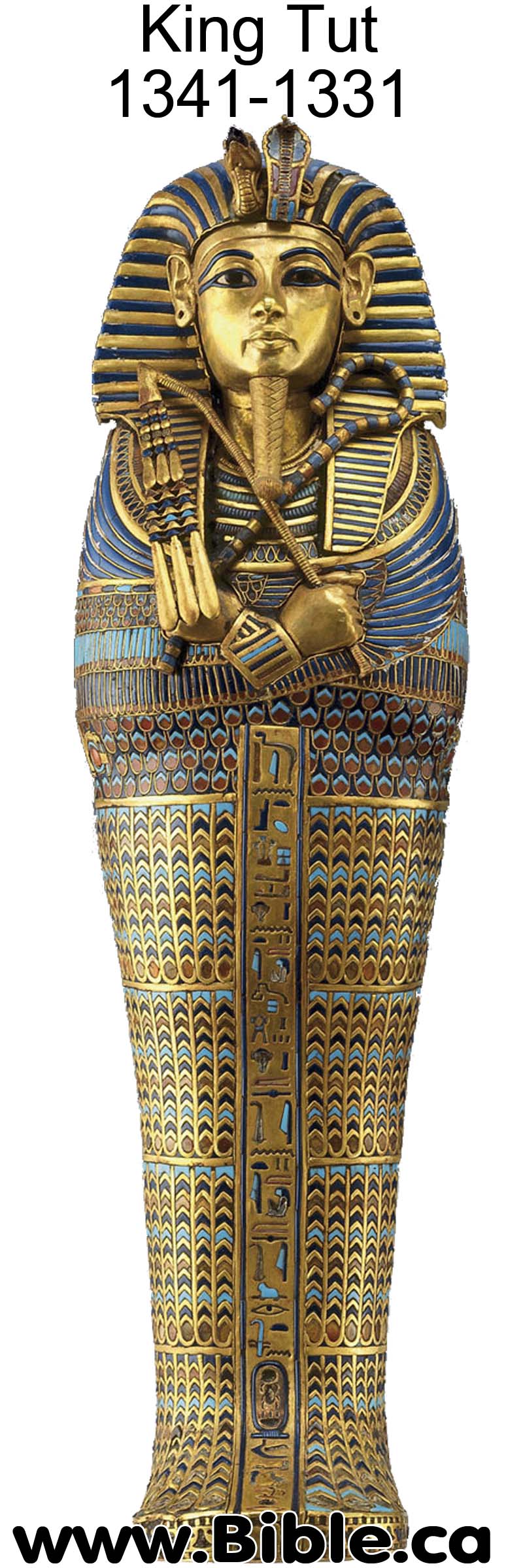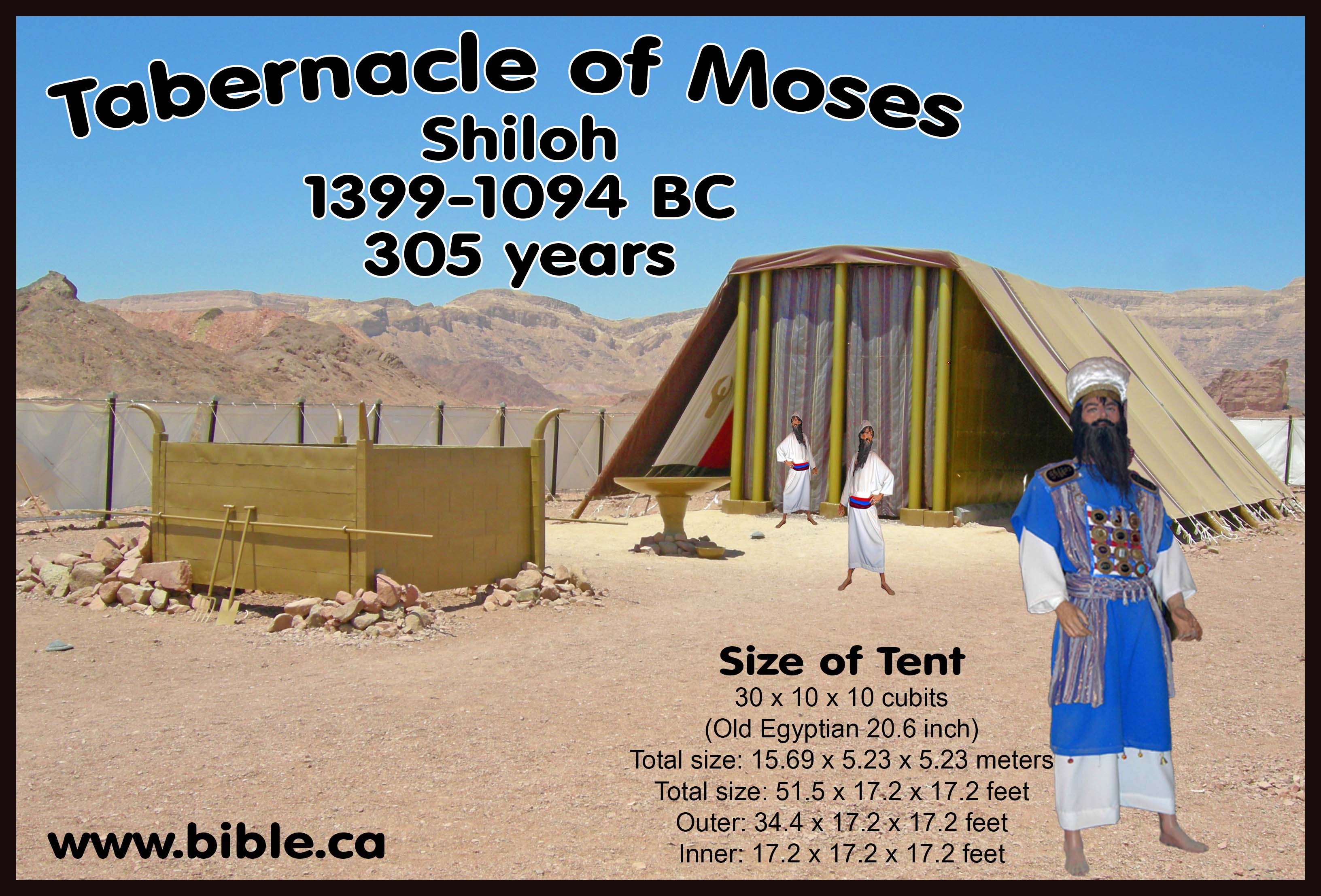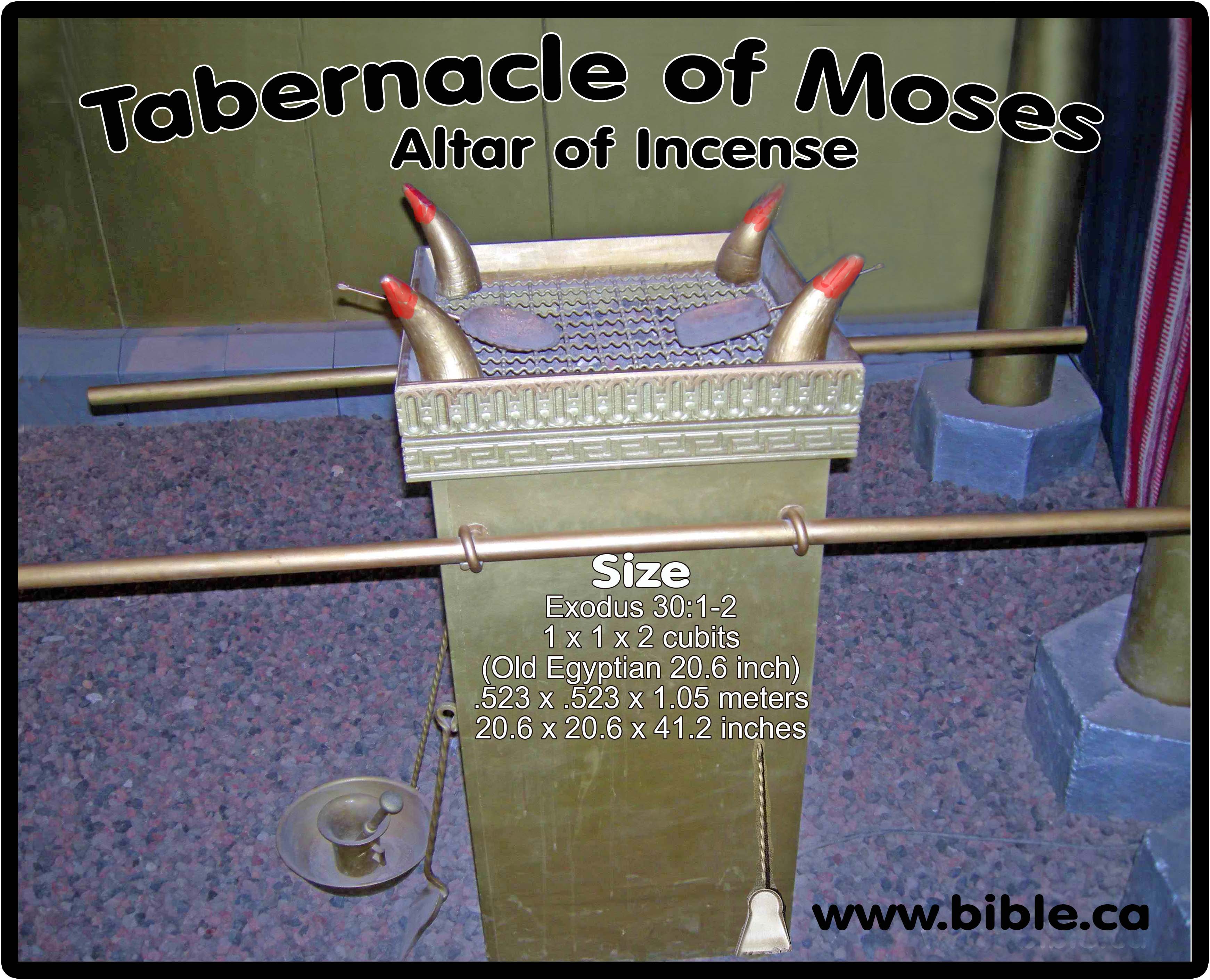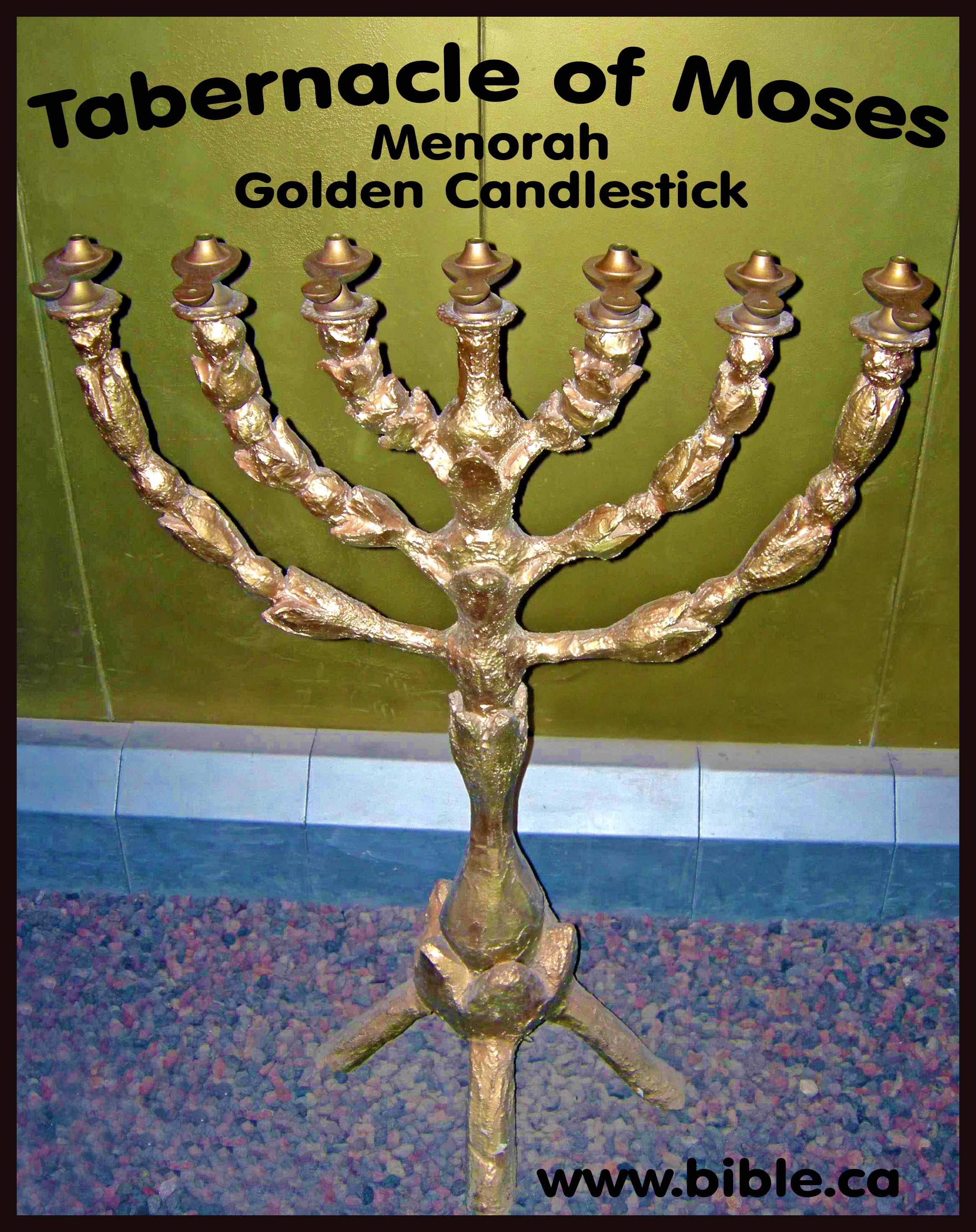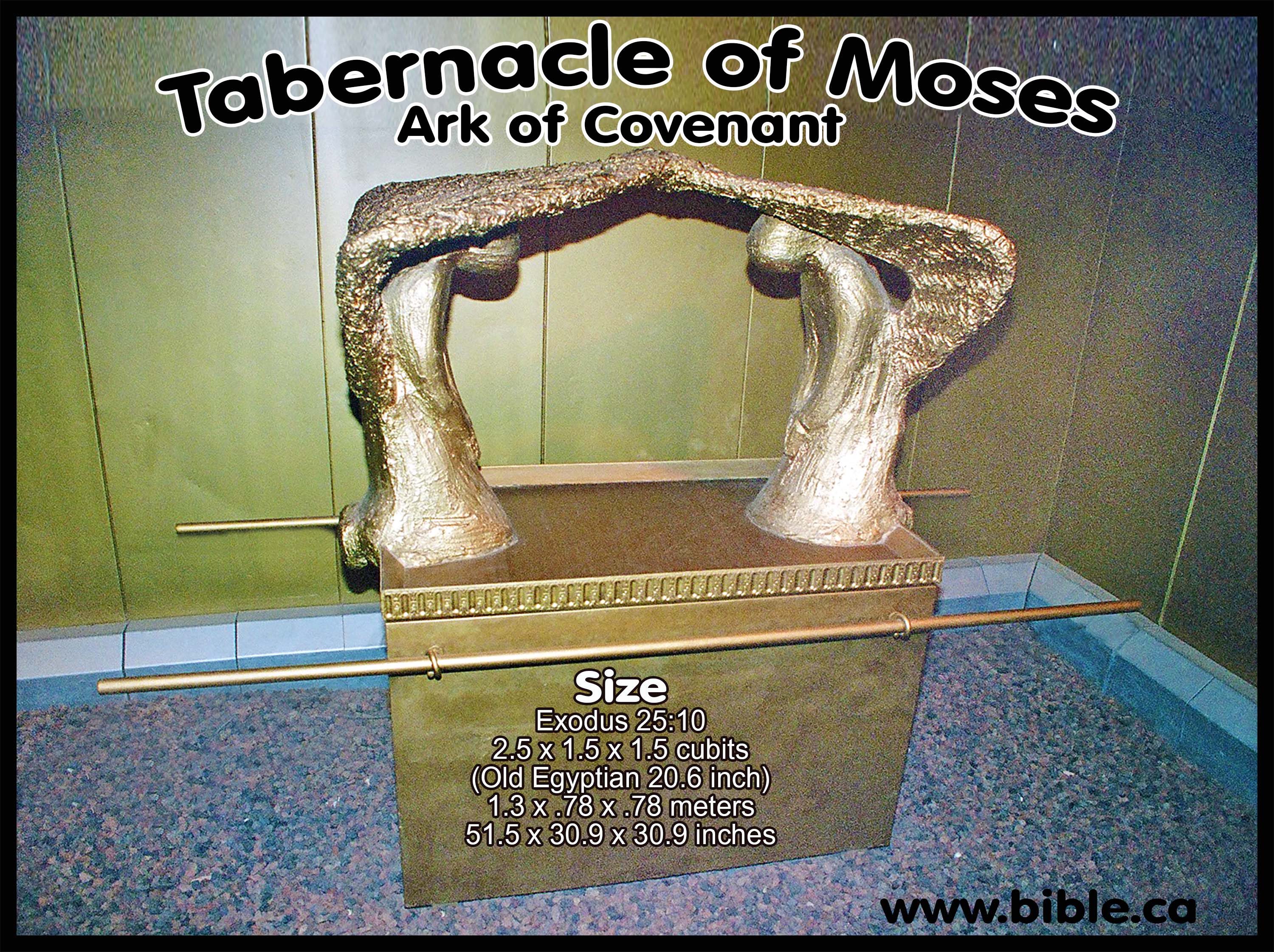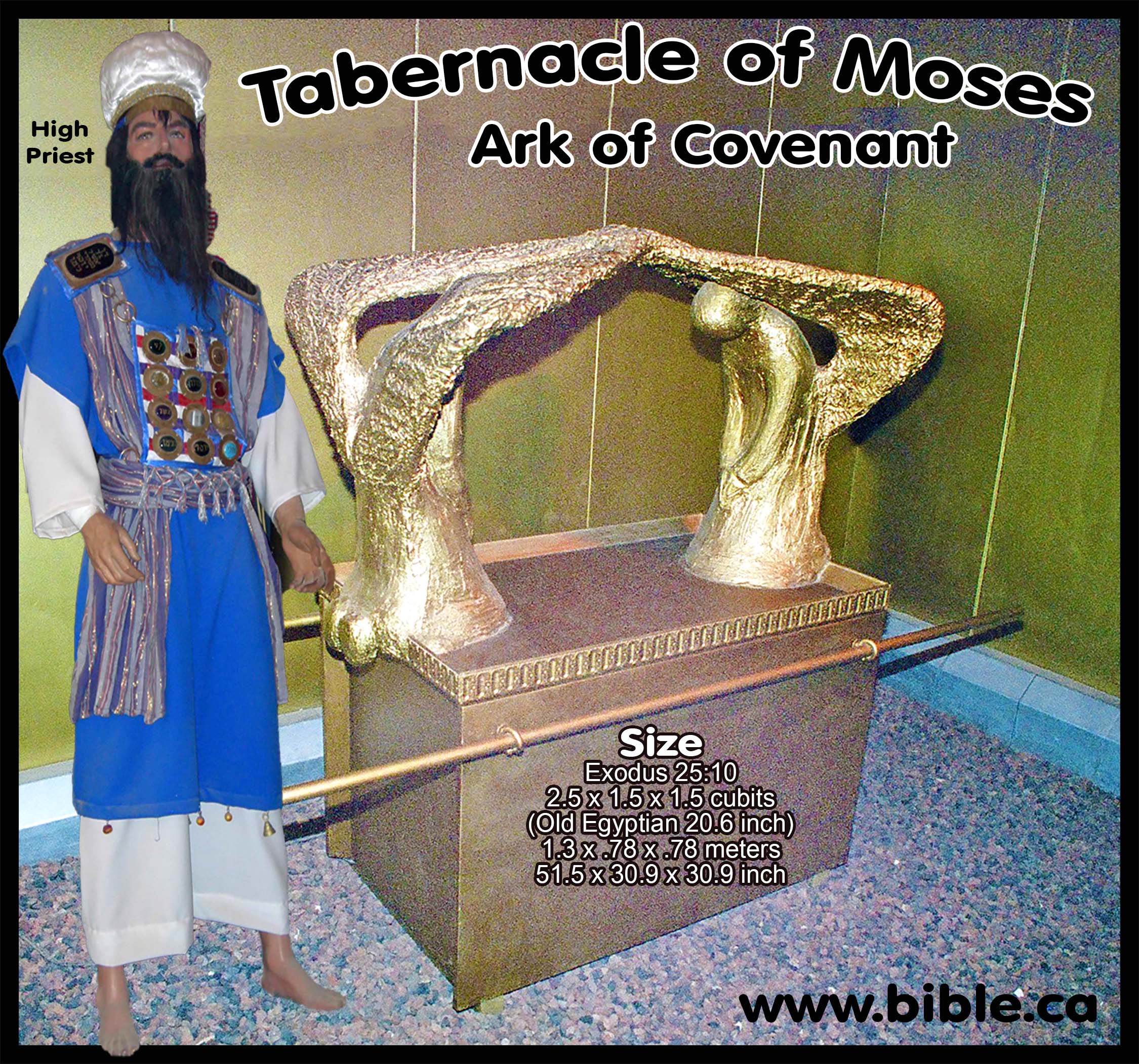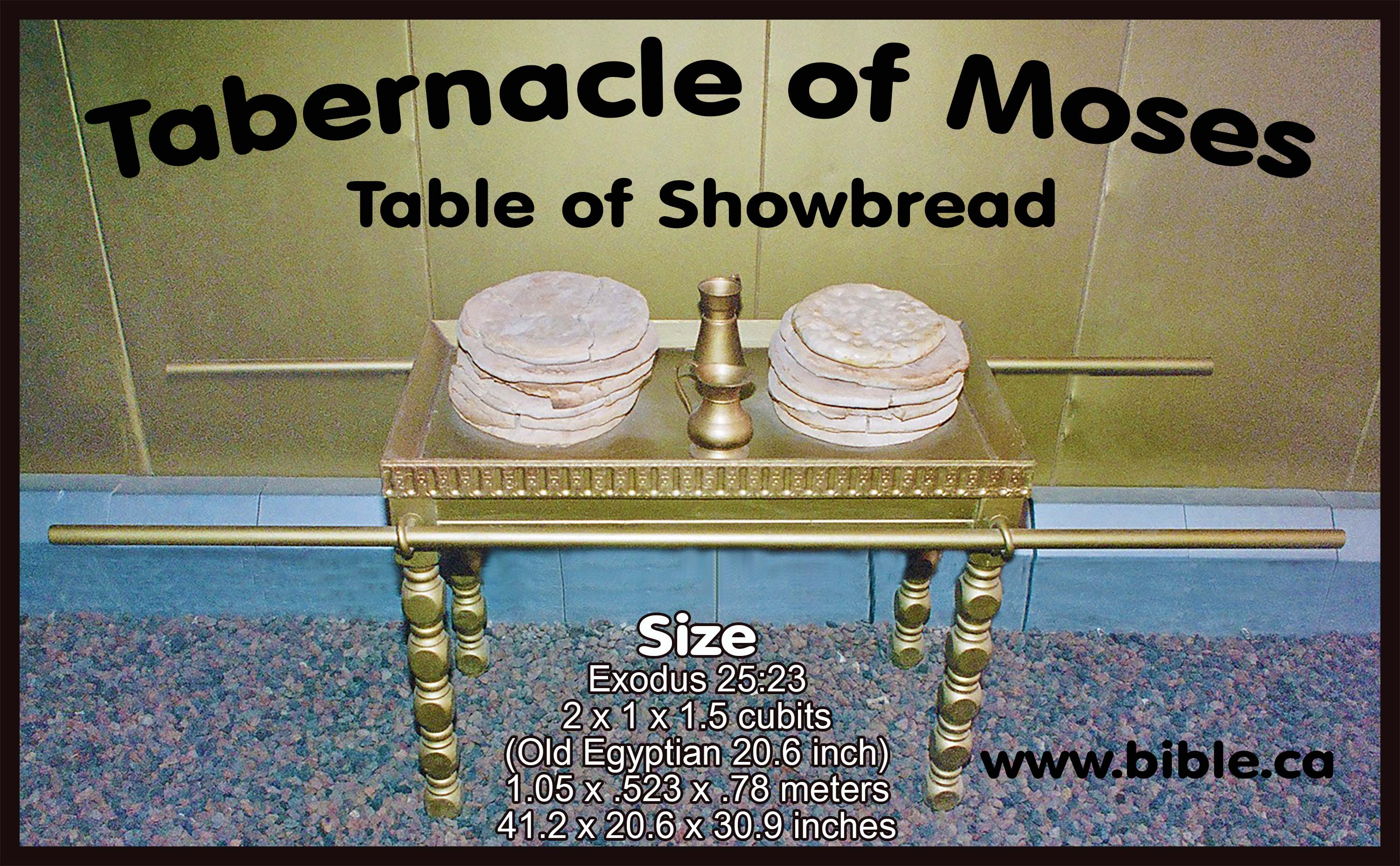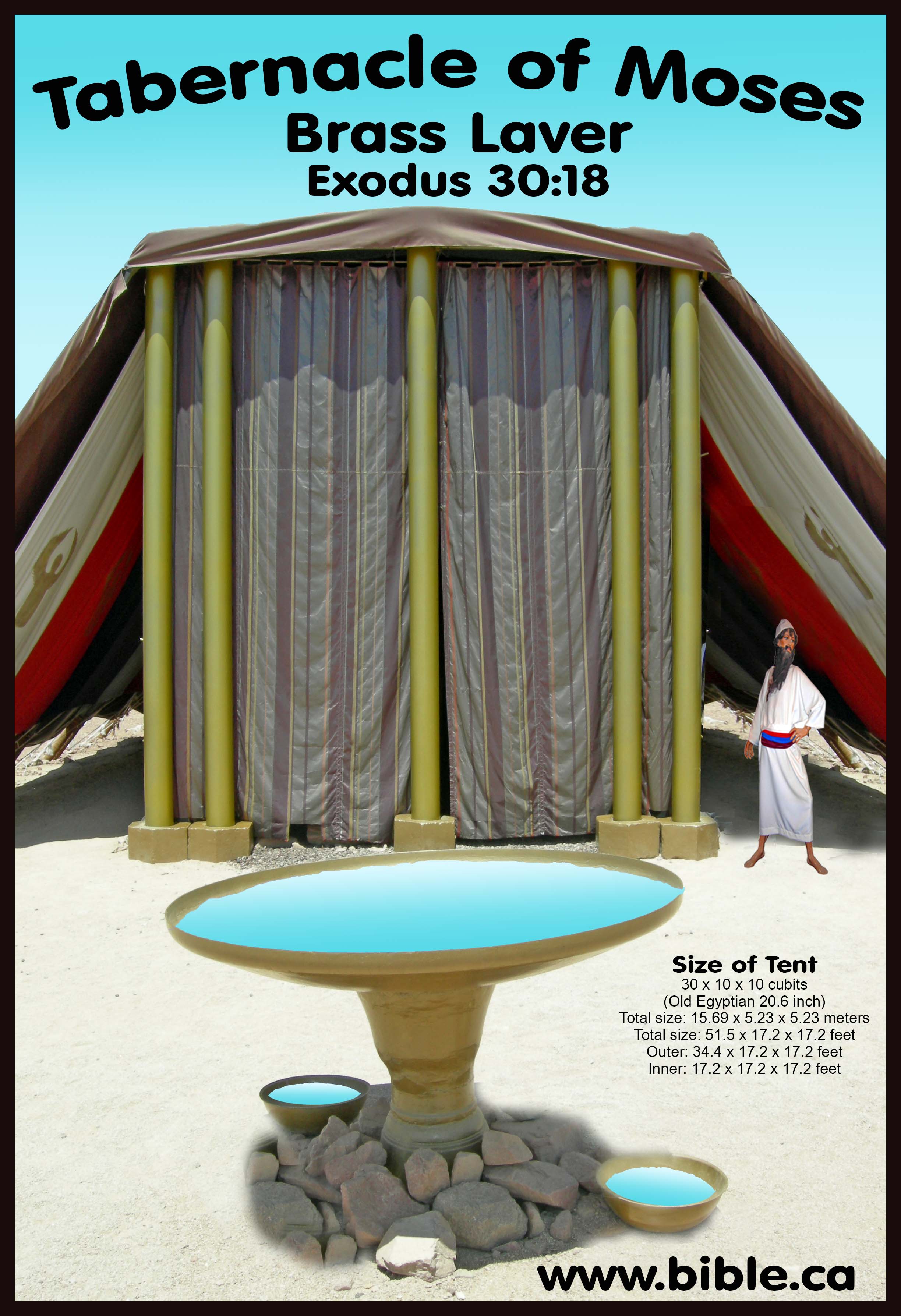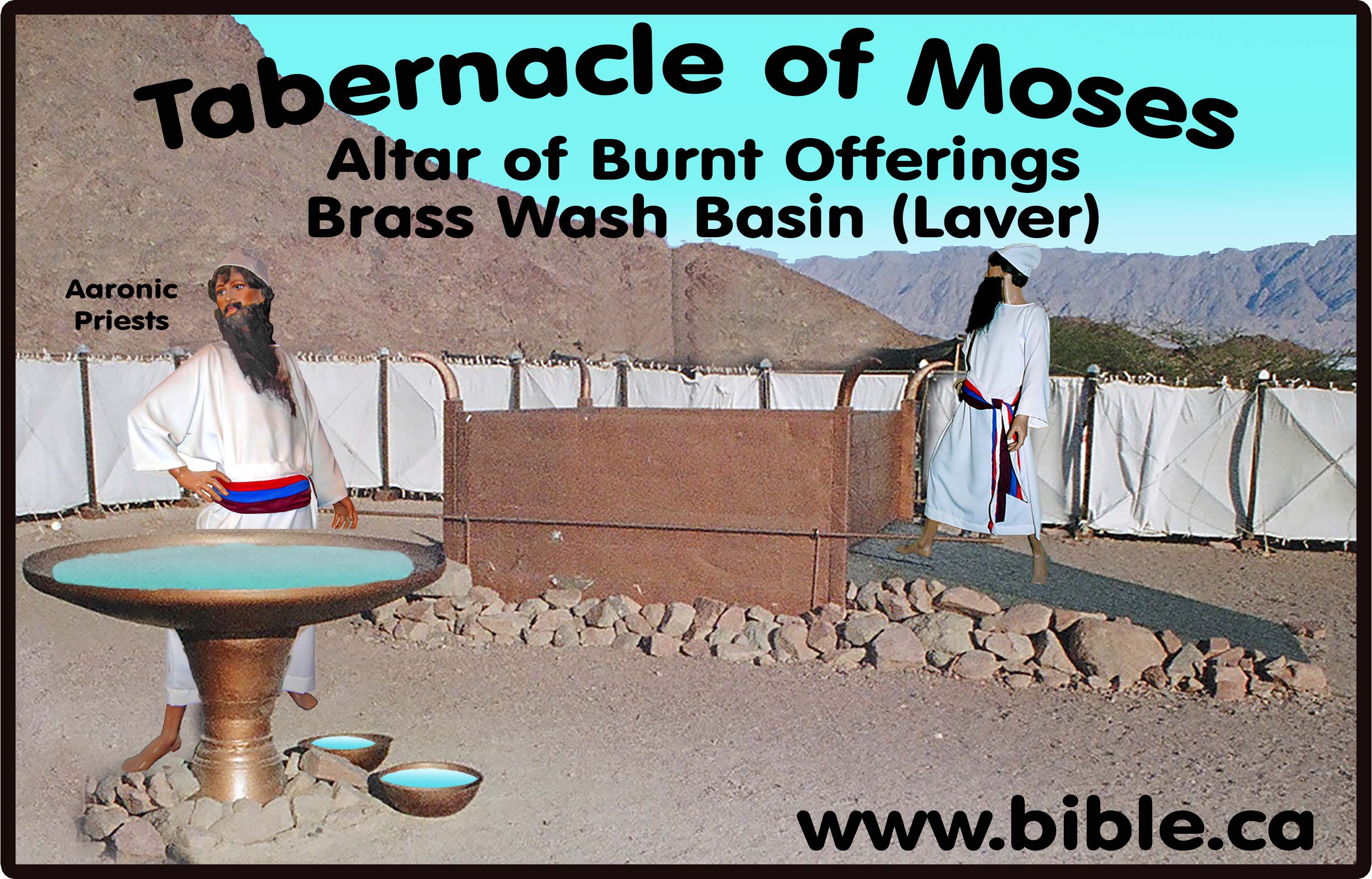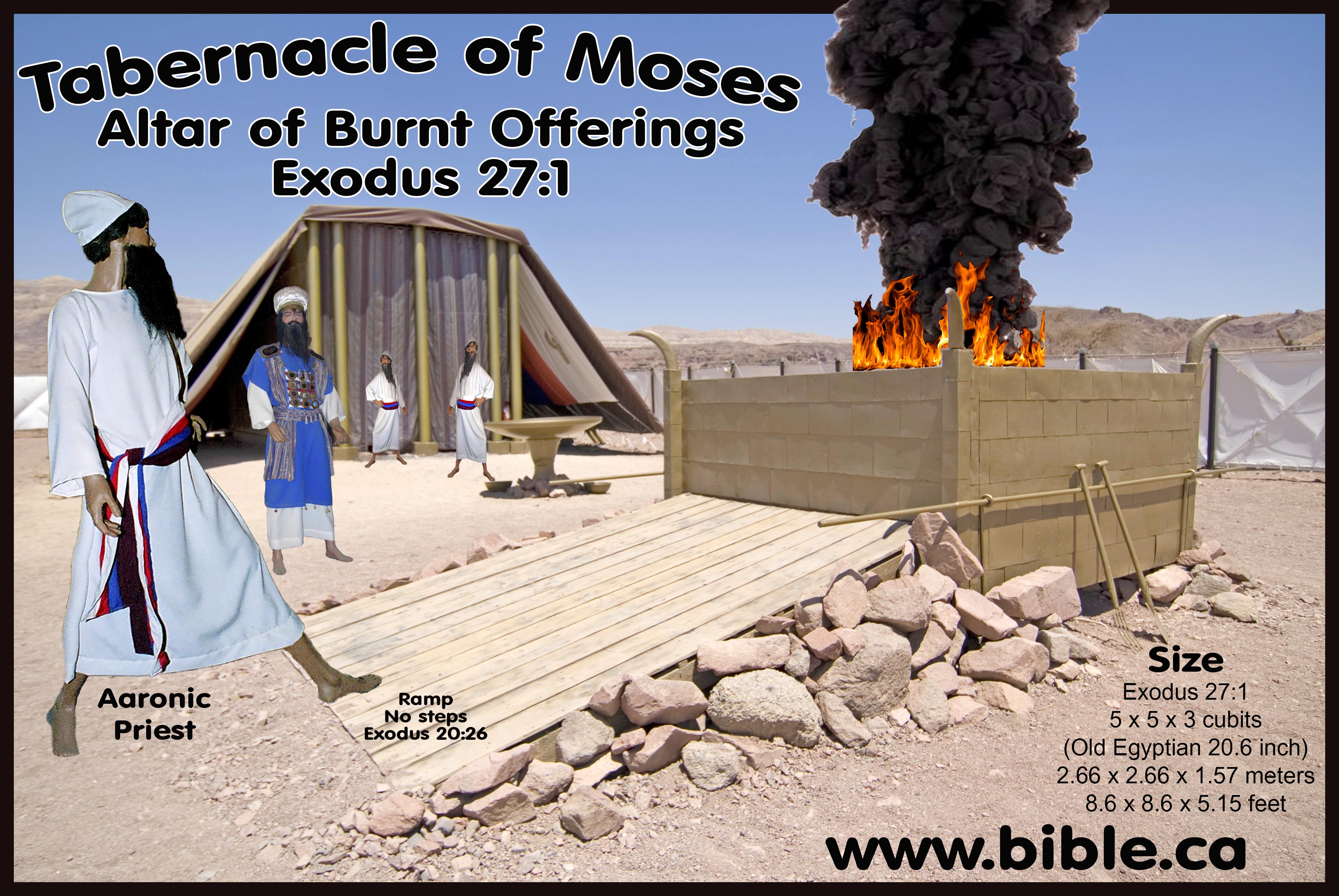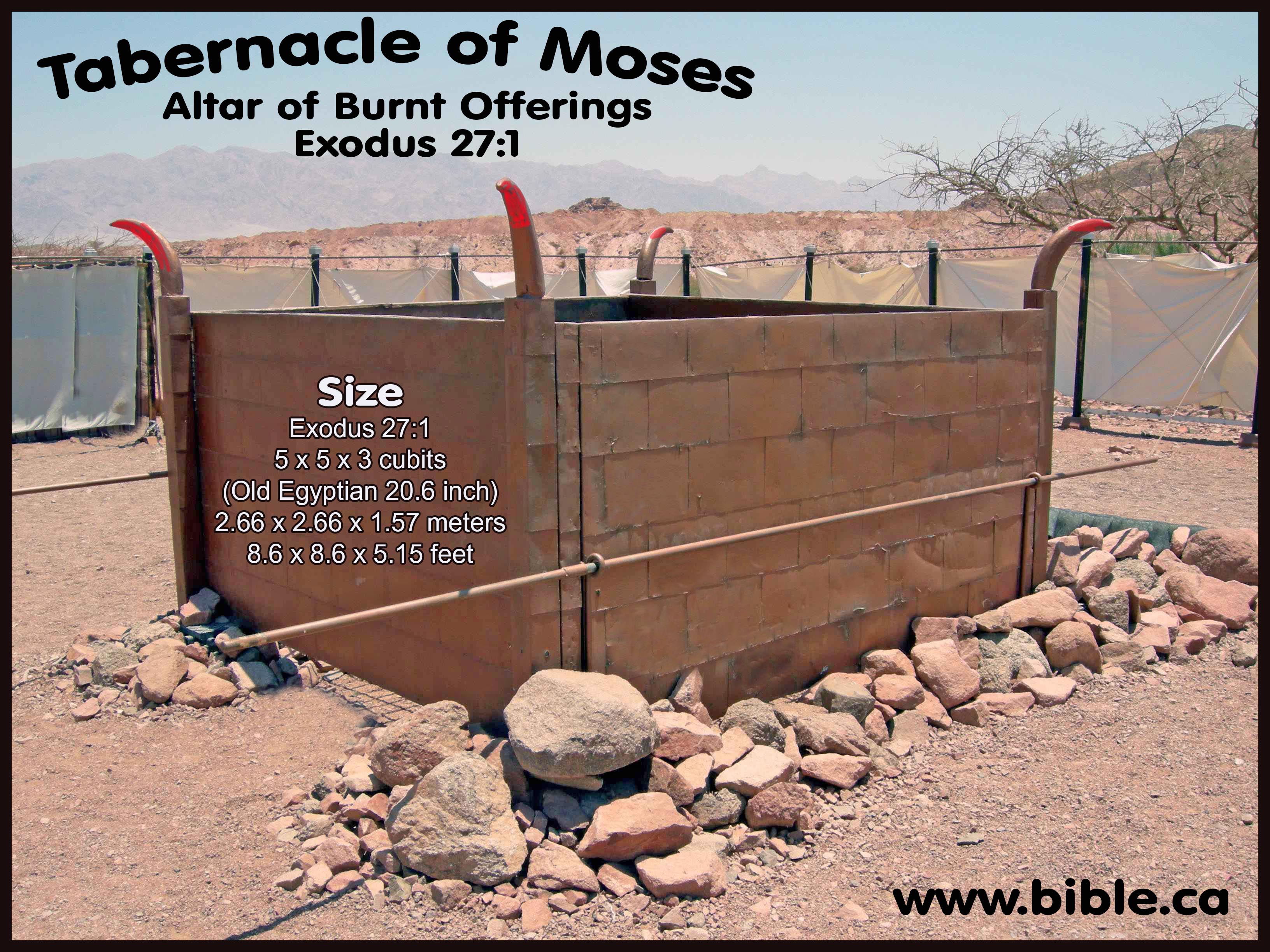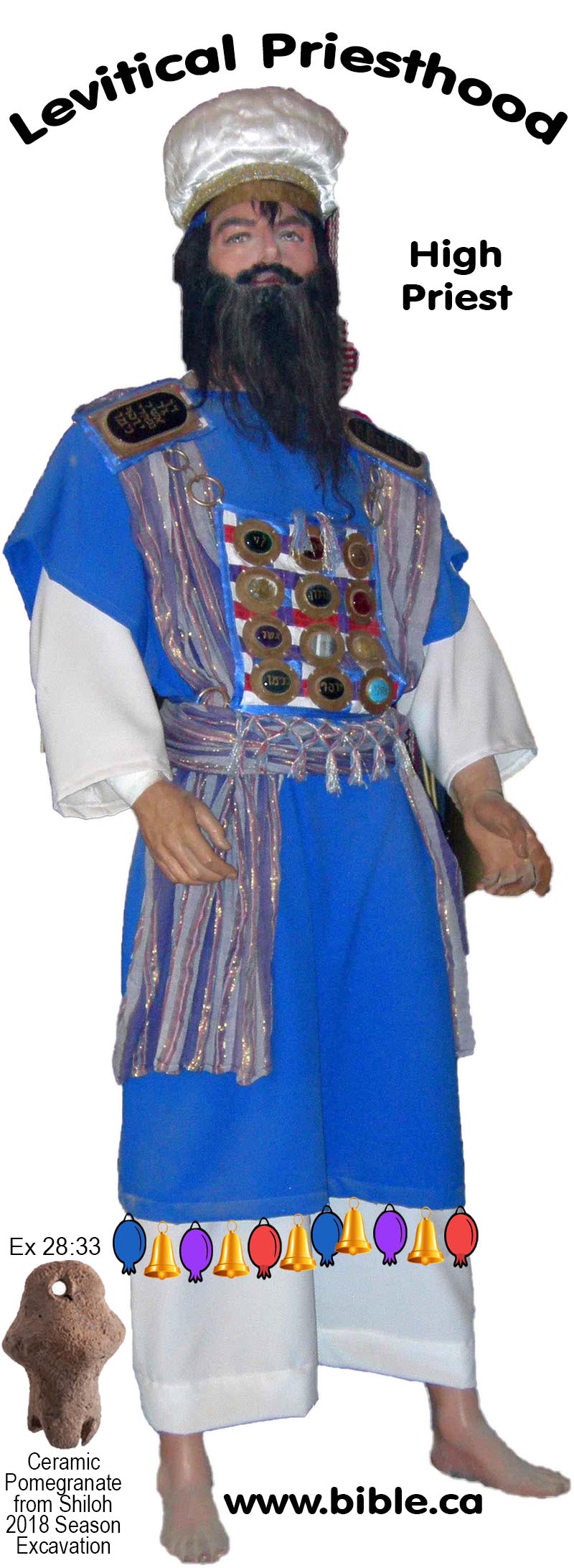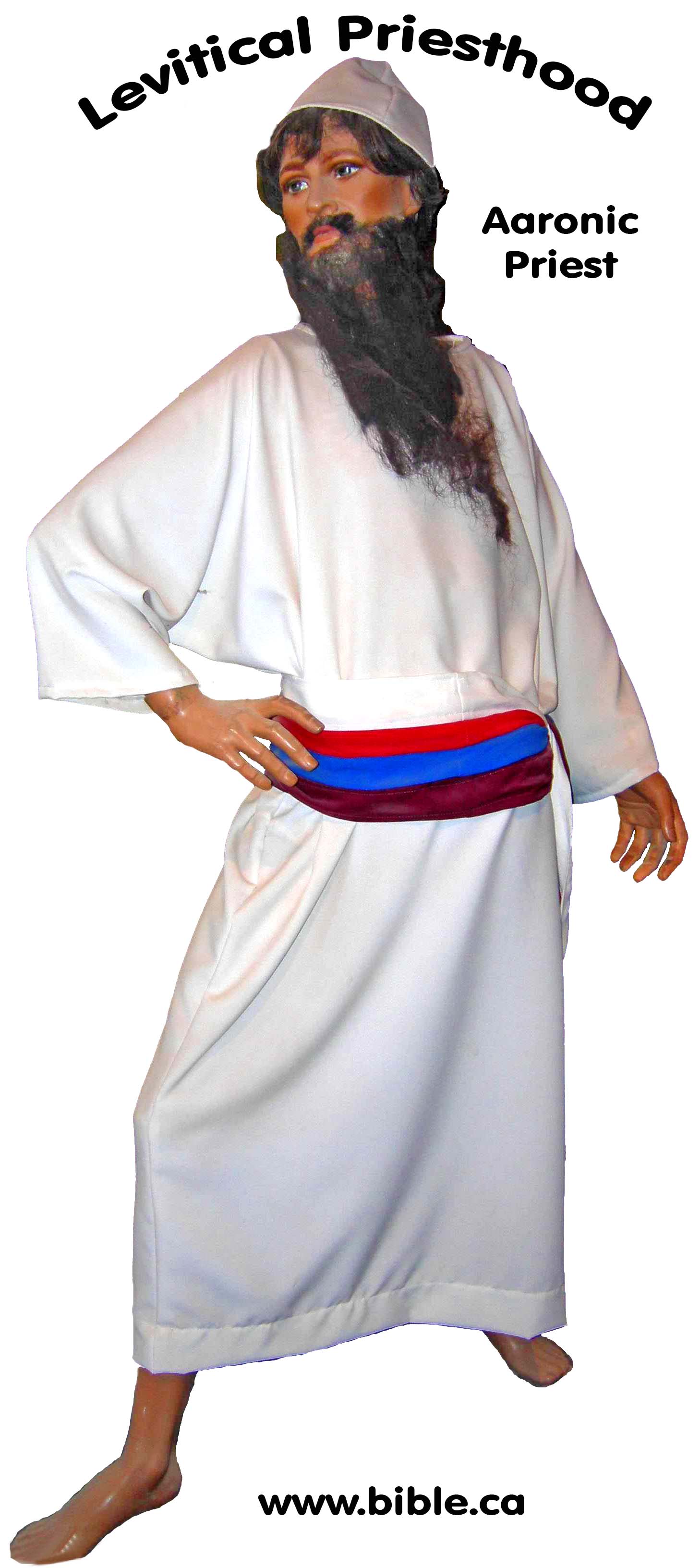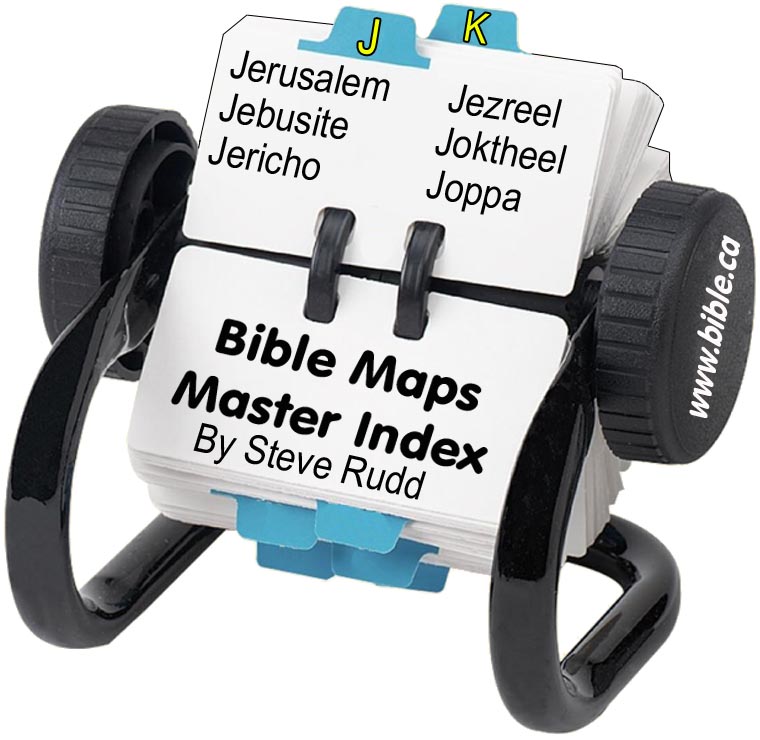Shiloh, Israel
Tabernacle of Moses (Tent of Meeting)
"Israel's First Jerusalem"
Where the Tabernacle of Moses stood for 305 years (1399-1094 BC)
Find a dig!
You can volunteer with Associates for Bible Research to Excavate Shiloh!
May 23 - June 11, 2017
Here is your Professional Dig Staff who will make your visit to Israel amazing and memorable.
Join Steve Rudd in digging up Bible stories!
"What we dig in the ground we find in the Book"
|
Site location: 30 km North of Jerusalem GPS: 32° 3.459'N; 35° 17.377'E |
Map of Shiloh, Israel (Click balloon for info, move with mouse) |
Four Archeological time periods you can help dig!
1. Late bronze: 1399-1094 BC. The time of Joshua during the conquest.
2. Iron 1: 1200 BC. The time of Judges when Deborah lived.
3. Time of Christ: 50 AD Roman house
4. Byzantine: 350 AD Church marking Ai of Abraham.
Click to
view High Resolution Panorama of Shiloh

See also: History of the Temple
1 Samuel 1-7
Introduction:
1. The book of 1 Samuel opens with barren Hanna praying to God at Shiloh for a son in 1102 BC.
2. The book of Judges is a cycle of apostasy, oppression, repentance and deliverance. The book of 1 Samuel opens at an evil time. Idolatry is rampant throughout Israel and the moral faithless corruption of the High Priest Eli and his two sons, is more than God can tolerate. God is about to strike Israel a huge blow at the hands of the Philistines.
3. The tabernacle of Moses has been at Shiloh for about 300 years, but God is about to drive both Shiloh and the Eli line of priesthood into extinction.
4. The ark of the covenant will be captured by the Philistines, Shiloh will burn, the tabernacle will move to Nob and the ark will end up at Kiriath-jearim.
5. The birth of Samuel in 1102 BC ushers in a new era of history. He is the last judge and the first prophet.
6. The ark of the covenant is captured and goes on a seven month ride through the Philistine pentapolis:
a. The ark is taken by the Hebrews from Shiloh to Ebenezer where it is captured.
b. From Ebenezer it is in Philistine hands and although the Bible doesn't tell us it may have been taken to the Philistine camp at Aphek briefly.
c. From Ebenezer it moves through three of the five Philistine capital cities: Ashdod, Gath and Ekron.
d. At each of these three cities God strikes the Philistines with plague, boils, insanity and death.
e. Finally the Philistines send the ark on an ox cart to Beth-Shemesh inside Jewish held territory.
Moses' Tabernacle cubit: (523mm, 20.6 inch)
- Man's body becomes the measuring stick of the universe:
- A cubit is the measurement from the elbow to the tip of the longest finger of the hand.
- The common English Imperial "INCH" derives from Old English ynche, ynch, unce, or inch and was measured as the width of the main thumb-joint.
- We also still use a "foot" as 12 inches or 12 thumb joint widths.
- We still measure horses with "hands"
- Which cubit did Noah and Moses Use? The old Egyptian/Babylonia cubit of course: 20.5 cubits.
- The ‘old Egyptian/Babylon’ cubit of 20.6 inches was used in the Book of Genesis, particularly with regards to the size of the Ark. This was, according to various sources, the length of the cubit in the earliest times in Egypt, and also in Babylonia.
- Most modern Bible translations of the Book of Genesis wrongly render the size of the ark based upon an 18-inch cubit. We know from archeology that the 18 inch cubit did not come into use until the time of Hezekiah around 700 BC because the Siloam tunnel at 1200 cubits long, gives a cubit of 17.5 inches.
- "When preparing for my talk at the Near East Archaeological Society meeting, I reviewed a lot of the publications of Manfred Bietak and others regarding the excavations at Tell el-Daba/Avaris. Everywhere that Bietak mentions measurements, he uses the old Egyptian cubit of 20.6 inches. In one place he says explicitly that construction at Tell el-Daba followed this measurement. As an example, the two palaces at Ezbit Helmi were separated by an artificial lake, and the distance between the two palace walls was exactly 150 cubits, using the 20.6-inch cubit. These were, just about undoubtedly, the palaces where Moses was raised. Certainly they were the palaces in which Moses and Aaron found Pharaoh when warning him about the consequences of not letting the Israelites depart. So this would have been the cubit that Moses was familiar with. If he meant a different size (I don’t know when the 18-inch cubit came in), he would have said something like “according to the new-fangled shorter cubit”, but he nowhere did so. See Ezek. 40:5. Here Ezekiel had to explain that the angel was not using the 18-inch cubit that had become standard by this time, but was using the older cubit." (Rodger Young, private email, 2015 AD)
- "The earliest attested standard measure is from the Old Kingdom pyramids of Egypt. It was the royal cubit (mahe). The royal cubit was 523 to 525 mm (20.6 to 20.64 inches) in length: and was subdivided into 7 palms of 4 digits each, for a 28-part measure in total. The royal cubit is known from Old Kingdom architecture dating from at least as early as the construction of the Step Pyramid of Djoser around 2,700 BCE" (The Cubit: A History and Measurement Commentary, Mark H. Stone, Journal of Anthropology, Volume 2014 AD)
- "For the cubit I had deduced from a quantity of material, good, bad, and indifferent, 20.64 ±.02 as the best result that I could get; about a dozen of the actual cubit rods that are known yield 20.65 ±01; and now from the earliest monuments we find that the cubit first used is 20.62, and the mean value from the seven buildings named is 20.63 b .02-. … On the whole we may take 20.62 ±.01 as the original value and reckon that it slightly increased on an average by repeated copyings in course of time." (Inductive Metrology, W. M. F. Petrie, Saunders, p50, 1877 AD)
- "The measurements which have been detailed in the foregoing pages supply materials for an accurate determination of the Egyptian cubit. From such a mass of exact measures, not only may the earliest value of the cubit be ascertained, but also the extent of its variations as employed by different architects. … For the value of the usual cubit, undoubtedly the most important source is the King's Chamber in the Great Pyramid; that is the most accurately wrought, the best preserved, and the most exactly measured, of all the data that are known." (The Pyramids and Temples of Gizeh, Field and Tuer, W. M. F. Petrie, chapter XX, 1883 AD)
|
Great Pyramid at Gizeh, Khufu |
20.620 |
|
Second Khafra |
20.64 |
|
Granite temple |
20.68 |
|
Third Pyramid Menkaura |
20.71 |
|
Peribolus walls |
20.69 |
|
Great Pyramid of Dahshur (?) |
20.58 |
|
Pyramid at Sakkara Pepi |
20.51 |
|
Fourth to sixth dynasty, mean of all |
20.63 |
|
(The Pyramids and Temples of Gizeh, Field and Tuer, W. M. F. Petrie, chapter XX, table, 1883 AD) |
|
- Noah used
the 20.6
inch cubit in building the ark:
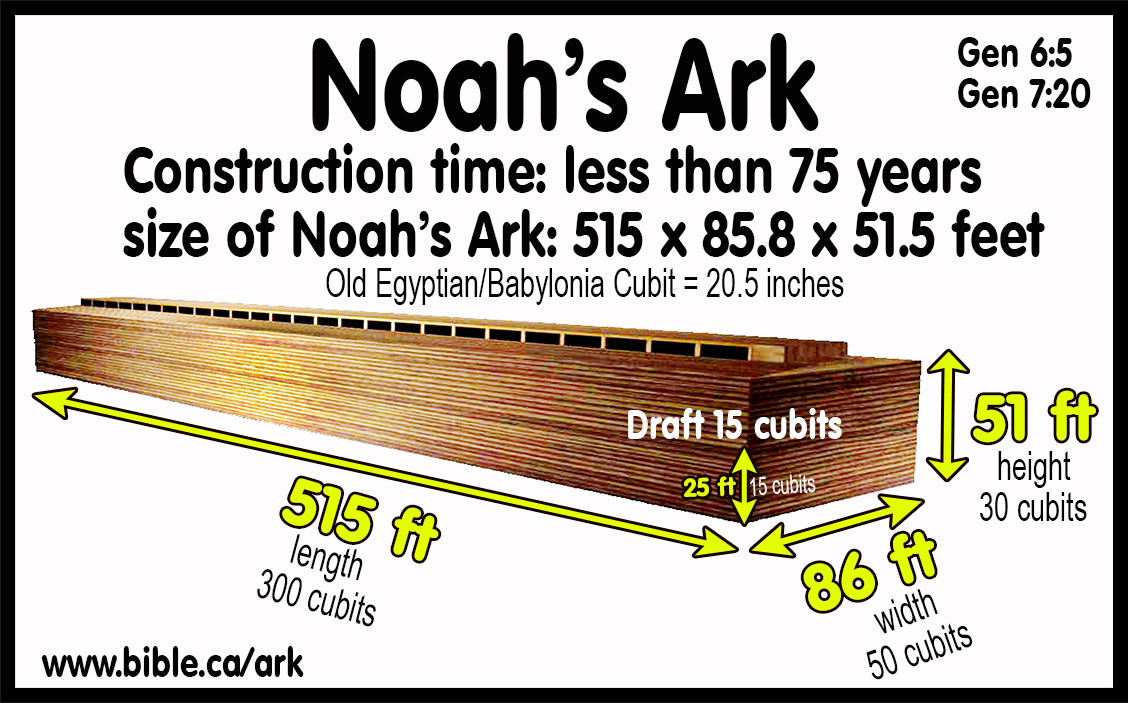
- Moses' cubit in use during the 18th dynasty pharaohs back to the time the Hyksos and Abraham as seen in the excavation reports at Tell el-Dab’a (ancient Goshen, Rameses and Avaris located in the eastern Nile delta at 30° 47’ N, 31° 50’ E.) The out of context quotations from "The Palatial Precinct at the Nile Branch (Area H)" by Manfred Bietak show that the 523 MM cubit (20.6 inches) was used everywhere in the construction of the palaces during the time of Thutmoses III (1446 BC, pharaoh of the exodus) down to the time of Rameses II (1250 BC). This proves Moses used 20.6 inch cubit in 1446 BC when he wrote Genesis and gave the measurements for the Tabernacle at Sinai located on modern north Saudi Arabia.
- "This precinct of the late Hyksos Period (ph. D/2) thus far excavated consists of the following elements: Remains of a substantial fortification wall (A) along the banks of the Pelusiac branch of the Nile. It was constructed of mud-brick, 6.20 m (12 cubits) wide, and had buttresses set at regular intervals of 35 cubits. The long and straight continuation of this wall several hundred metres to the north-east was revealed by a geophysical survey in 1999." (Palatial Precinct at the Nile Branch Area H, Manfred Bietak)
- "A monumental building on a low-level platform in area H/III (C). It is a kind of casemate construction filled with debris, which was originally at least 31.5 x 27.1 m (c. 60 x 52 cubits), but there is no absolute certainty about its eastern edge'" (Palatial Precinct at the Nile Branch Area H, Manfred Bietak)
- "At the northern section of our excavations, the platform C of the late Hyksos Period had been taken down during the early 18th Dynasty and a storage compound set up on top of it. It consisted of at least 30 round grain silos and other silos were found beside the Palace in the south and at other places. Each silo was about 5.25 m (10 cubits) in diameter. The silos were renewed up to four times which would speak in favour of a long time span." (Palatial Precinct at the Nile Branch Area H, Manfred Bietak)
- "The Palace District of the Tuthmoside Period, Ph. C3-2 (Str. d-c): The early 18th Dynasty palace district apparently covers a part of the same ground as the palace precinct of the late Hyksos Period but has a different orientation. It has been excavated and explored on a large scale by a geophysical survey (Fig. 1). The most prominent elements are a smaller (F) and a bigger palatial structure (G). They were set up parallel to each other and enclose a huge space in between with a breadth of 150 cubits (78.75 m). This space housed a large rectangular artificial lake." (Palatial Precinct at the Nile Branch Area H, Manfred Bietak)
- "The three major elements of the palace district will be described in greater detail: From palace F in area H/I (Fig. 7A/7B) only a platform substructure has been preserved. Its dimensions are 135 x 90 cubits (c. 70.5 x 47 m = ratio 1.5 : 1). The huge mud-brick walls show an inner division in casemate fashion. All they represent is the foundation of a monumental elevated building. The wall compartments were filled with soil and brick material including sherds from the late Hyksos Period. The building cuts into the extended late Hyksos Period fortification wall A and rests there on a sand bed on top of it (H/I-n/25, West section). It was accessible by a ramp c. 6.40 m (12 cubits) wide, which was attached at the north-eastern (locally northern) flank of the platform. This ramp not only cuts into the remains of the Hyksos fortification wall. It must have been constructed within a long breach of this Hyksos wall (A) as, according to the geophysical survey, the eastern enclosure wall of the 18th Dynasty crosses the Hyksos wall. Blocks of a granite doorway of King Amenemhet I, found more than 100 years ago by E. Naville, are likely to have been used afterwards as an entrance gate at the start or at the upper landing of the ramp (Fig. 8A/8B)." (Palatial Precinct at the Nile Branch Area H, Manfred Bietak)
- "Following the parallel of the "Southern Palace" at Deir el-Ballas (Fig. 9)of 200 x 90 cubits, which still stands about 7 m high, our platform can be identified as an elevated small palace on top of a podium." (Palatial Precinct at the Nile Branch Area H, Manfred Bietak)
- "The far bigger palace G in area H/II-III and H/VI measures 320 x 150 cubits (168 x 78.75 m)" (Palatial Precinct at the Nile Branch Area H, Manfred Bietak)
- "A ramp leads up to the palace proper, passing a bathroom at its base. With a gradient of 1:5 the length of the ramp of 70 cubits the height of the platform could be calculated to 7,35m (14 cubits)." (Palatial Precinct at the Nile Branch Area H, Manfred Bietak)
- "There follows a bipartition of the building into a square hall (c. 55 x 55 cubits) with four rows of columns in the south-eastern part and a room configuration of equal size in the north-western half." (Palatial Precinct at the Nile Branch Area H, Manfred Bietak)
- "The plan of the palace district of the 18th Dynasty shows clearly that the smaller palatial structure (F) and the big palace (G) were conceived at the same time within one and the same system. Both not only face the same way (see above), but have been built at an exact distance of 150 cubits from each other and enclose a common courtyard." (Palatial Precinct at the Nile Branch Area H, Manfred Bietak)
- King Tut's 20.6 inch cubit stick found in Maya's tomb: 1340 BC
- A 523 mm (20.6 inch) wooden cubit measuring rod was found in the tomb of Maya in Saqqara and dates to 1340 BC. Maya's name is actually on the cubit rod and he was the high priest of Amun and was an administrative overseer and treasurer for Pharaoh Tutankhamun (King Tut) and Horemheb. The impressive tomb was first excavated in 1843. The cubit rod, pictured below came from Maya's tomb and proves that right down to the time of Moses and Joshua the 20.6 inch cubit was in standard use. This particular cubit rod features 28 divisions/digits with lines at every fourth digit representing a palm.
- "The beveled surface offers precious information: on the left are marked the digit (here 1.86 cm) and the palm (7.47 cm), while on the right the graduations show the royal cubit of 7 palms (52.3 cm) and the common cubit of 6. The other graduations correspond to units less frequently employed. On the vertical face beneath the bevel, on the right, are fifteen digits marked with their subdivisions, ranging from halves to sixteenths, the appropriate fractions being inscribed above each. On the upper surface, each of the twenty-eight digits is coupled with the name of a god, beginning on the right with Ra. The dedication on the bottom surface is a hieroglyphic inscription in which Maya calls upon the priests of an unidentified temple to pronounce the formula for the distribution of offerings from the god’s table: “Maya, the fan-bearer on the right hand of the king, royal scribe, head of the Double Treasury of the Master of the Two Lands, says: 'O pure priests, lector-priests of the temple, the gods of your cities will hear your prayers, you will prosper from your offices and enjoy a fine old age, if you pronounce my name and if you do for me as for one who enjoys the favor of his master, [for] the fan-bearer on the right hand of the king, who is at the feet of the master of the Two Lands, who has not left the side of the Good God [the king] wherever his feet have led him . . .'” Very close to Tutankhamun, he left his name on a number of objects in the latter’s tomb. His own tomb, visited by Richard Lepsius in 1843, was forgotten then rediscovered by an Anglo-Dutch archaeological team in 1986. In the Rijksmuseum van Oudheden (National Museum of Antiquities) in Leiden there is a superb life-size statue of Maya accompanied by his wife Merit. " (Maya's Cubit Rod, Louvre Museum text)
|
|
20.6 inch cubit |
Meters |
Feet/inches |
|
Outer Tabernacle Exodus 27:11-12 |
100 x 50 x 5 cubits |
52.32 x 26.16 x 2.66 meters |
171.7 x 85.8 x 8.6 feet |
|
Holy of Holies |
10 x 10 x 10 cubits |
5.23 x 5.23 x 5.23 meters |
17.2 x 17.2 x 17.2 feet |
|
Holy Place |
20 x 10 x 10 cubits |
10.46 x 5.23 x 5.23 meters |
34.4 x 17.2 x 17.2 feet |
|
Altar of burnt offering Exodus 27:1 |
5 x 5 x 3 cubits |
2.66 x 2.66 x 1.57 meters |
8.6 x 8.6 x 5.15 feet |
|
Ark of the Covenant Exodus 25:10 |
2.5 x 1.5 x 1.5 cubits |
1.3 x .78 x .78 meters |
51.5 x 30.9 x 30.9 inches |
|
Altar of Incense Exodus 30:1-2 |
1 x 1 x 2 cubits |
.523 x .523 x 1.05 meters |
20.6 x 20.6 x 41.2 inches |
|
Table of Showbread Exodus 25:23 |
2 x 1 x 1.5 cubits |
1.05 x .523 x .78 meters |
41.2 x 20.6 x 30.9 inches |
|
Lampstand, Minorah Exodus 25:31 |
7 branches |
|
|
Outer Tabernacle
Exodus 27:11-12
100 x 50 x 5 cubits
(Old Egyptian 20.6 inch)
52.32 x 26.16 x 2.66 meters
171.7 x 85.8 x 8.6 feet
tabernacle-of-moses-tent-of-meeting-wilderness-outer-curtain-size-100-50-5-cubits-shiloh-israel.psd
20 x 10 x 10 cubits
10.46 x 5.23 x 5.23 meters
34.4 x 17.2 x 17.2 feet
Events at this location:
1. Abraham built an altar near or at Ai when he first arrived from Haran:
a. “Then he proceeded from there to the mountain on the east of Bethel, and pitched his tent, with Bethel on the west and Ai on the east; and there he built an altar to the Lord and called upon the name of the Lord. Abram journeyed on, continuing toward the Negev. Now there was a famine in the land; so Abram went down to Egypt to sojourn there, for the famine was severe in the land.” (Genesis 12:8–10)
2. Abraham left Egypt and returned to where he built his altar at or near Ai:
- “He went on his journeys from the Negev as far as Bethel, to the place where his tent had been at the beginning, between Bethel and Ai, to the place of the altar which he had made there formerly; and there Abram called on the name of the Lord. Now Lot, who went with Abram, also had flocks and herds and tents. And the land could not sustain them while dwelling together, for their possessions were so great that they were not able to remain together.” (Genesis 13:3–6)
b. This is when Lot chose to live near Sodom and God have Abraham the land.
3. Ai was the second town defeated in the Israeli conquest of 1400 BC. The first time Israel tried take Ai, they were defeated and 36 men were killed, because Achan had hid some gold bars under his tent where was forbidden by God. He was identified by lot and was stoned. The second attempt was successful.
4. This story shows that a single sinful person in a church can have a spiritual impact on others. For example, when a high profile member is exposed for having an affair, people will always quite church to their own personal doom.
5. The town of 12,000 were killed, and the city was burned and buried in stones.
6. The town was rebuilt sometime before the Babylonian captivity of 586 BC. Malcam was the patron god of both Ai and Rabba.
7. Some men from Ai returned from Babylon and may have lived in the city again.
8. We have uncovered a house that dates from the first century.
9. We have also uncovered a byzantine church from about 400 AD. This is important because these churches were often built on significant locations that marked some event in history.
Photo gallery and current archeology:
|
Late Bronze 1400 BC Time of Joshua |
|
|
|
Iron 1 House 1200 BC Time of Deborah |
|
|
|
Roman House Time of Christ 50 AD |
|
|
|
Byzantine church 400 AD |
|
|
Bible passages:
Genesis 12:8, Genesis 13:3, Joshua 7:1-5, Joshua 8:1-29, Joshua 9:3, Joshua 10:1-2, Joshua 12:9, Ezra 2:28, Nehemiah 7:32, Jeremiah 49:3
1. "Then he proceeded from there to the mountain on the east of Bethel, and pitched his tent, with Bethel on the west and Ai on the east; and there he built an altar to the LORD and called upon the name of the LORD. " (Genesis 12:8)
2. "He went on his journeys from the Negev as far as Bethel, to the place where his tent had been at the beginning, between Bethel and Ai, " (Genesis 13:3)
3. "But the sons of Israel acted unfaithfully in regard to the things under the ban, for Achan, the son of Carmi, the son of Zabdi, the son of Zerah, from the tribe of Judah, took some of the things under the ban, therefore the anger of the LORD burned against the sons of Israel. Now Joshua sent men from Jericho to Ai, which is near Beth-aven, east of Bethel, and said to them, "Go up and spy out the land." So the men went up and spied out Ai. They returned to Joshua and said to him, "Do not let all the people go up; only about two or three thousand men need go up to Ai; do not make all the people toil up there, for they are few." So about three thousand men from the people went up there, but they fled from the men of Ai. The men of Ai struck down about thirty-six of their men, and pursued them from the gate as far as Shebarim and struck them down on the descent, so the hearts of the people melted and became as water. " (Joshua 7:1-5)
4. "Now the LORD said to Joshua, "Do not fear or be dismayed. Take all the people of war with you and arise, go up to Ai; see, I have given into your hand the king of Ai, his people, his city, and his land. "You shall do to Ai and its king just as you did to Jericho and its king; you shall take only its spoil and its cattle as plunder for yourselves. Set an ambush for the city behind it." So Joshua rose with all the people of war to go up to Ai; and Joshua chose 30,000 men, valiant warriors, and sent them out at night. He commanded them, saying, "See, you are going to ambush the city from behind it. Do not go very far from the city, but all of you be ready. "Then I and all the people who are with me will approach the city. And when they come out to meet us as at the first, we will flee before them. "They will come out after us until we have drawn them away from the city, for they will say, 'They are fleeing before us as at the first.' So we will flee before them. "And you shall rise from your ambush and take possession of the city, for the LORD your God will deliver it into your hand. "Then it will be when you have seized the city, that you shall set the city on fire. You shall do it according to the word of the LORD. See, I have commanded you." So Joshua sent them away, and they went to the place of ambush and remained between Bethel and Ai, on the west side of Ai; but Joshua spent that night among the people. Now Joshua rose early in the morning and mustered the people, and he went up with the elders of Israel before the people to Ai. Then all the people of war who were with him went up and drew near and arrived in front of the city, and camped on the north side of Ai. Now there was a valley between him and Ai. And he took about 5,000 men and set them in ambush between Bethel and Ai, on the west side of the city. So they stationed the people, all the army that was on the north side of the city, and its rear guard on the west side of the city, and Joshua spent that night in the midst of the valley. It came about when the king of Ai saw it, that the men of the city hurried and rose up early and went out to meet Israel in battle, he and all his people at the appointed place before the desert plain. But he did not know that there was an ambush against him behind the city. Joshua and all Israel pretended to be beaten before them, and fled by the way of the wilderness. And all the people who were in the city were called together to pursue them, and they pursued Joshua and were drawn away from the city. So not a man was left in Ai or Bethel who had not gone out after Israel, and they left the city unguarded and pursued Israel. Then the LORD said to Joshua, "Stretch out the javelin that is in your hand toward Ai, for I will give it into your hand." So Joshua stretched out the javelin that was in his hand toward the city. The men in ambush rose quickly from their place, and when he had stretched out his hand, they ran and entered the city and captured it, and they quickly set the city on fire. When the men of Ai turned back and looked, behold, the smoke of the city ascended to the sky, and they had no place to flee this way or that, for the people who had been fleeing to the wilderness turned against the pursuers. When Joshua and all Israel saw that the men in ambush had captured the city and that the smoke of the city ascended, they turned back and slew the men of Ai. The others came out from the city to encounter them, so that they were trapped in the midst of Israel, some on this side and some on that side; and they slew them until no one was left of those who survived or escaped. But they took alive the king of Ai and brought him to Joshua. Now when Israel had finished killing all the inhabitants of Ai in the field in the wilderness where they pursued them, and all of them were fallen by the edge of the sword until they were destroyed, then all Israel returned to Ai and struck it with the edge of the sword. All who fell that day, both men and women, were 12,000—all the people of Ai. For Joshua did not withdraw his hand with which he stretched out the javelin until he had utterly destroyed all the inhabitants of Ai. Israel took only the cattle and the spoil of that city as plunder for themselves, according to the word of the LORD which He had commanded Joshua. So Joshua burned Ai and made it a heap forever, a desolation until this day. He hanged the king of Ai on a tree until evening; and at sunset Joshua gave command and they took his body down from the tree and threw it at the entrance of the city gate, and raised over it a great heap of stones that stands to this day. " (Joshua 8:1-29)
5. "When the inhabitants of Gibeon heard what Joshua had done to Jericho and to Ai, " (Joshua 9:3)
6. "Now it came about when Adoni-zedek king of Jerusalem heard that Joshua had captured Ai, and had utterly destroyed it (just as he had done to Jericho and its king, so he had done to Ai and its king), and that the inhabitants of Gibeon had made peace with Israel and were within their land, that he feared greatly, because Gibeon was a great city, like one of the royal cities, and because it was greater than Ai, and all its men were mighty. " (Joshua 10:1-2)
7. "the king of Jericho, one; the king of Ai, which is beside Bethel, one; " (Joshua 12:9)
8. "the men of Bethel and Ai, 223; " (Ezra 2:28)
9. "the men of Bethel and Ai, 123; " (Nehemiah 7:32)
10. ""Wail, O Heshbon, for Ai has been destroyed! Cry out, O daughters of Rabbah, Gird yourselves with sackcloth and lament, And rush back and forth inside the walls; For Malcam will go into exile Together with his priests and his princes. " (Jeremiah 49:3)
By Steve Rudd. Contact author with comments or questions.
